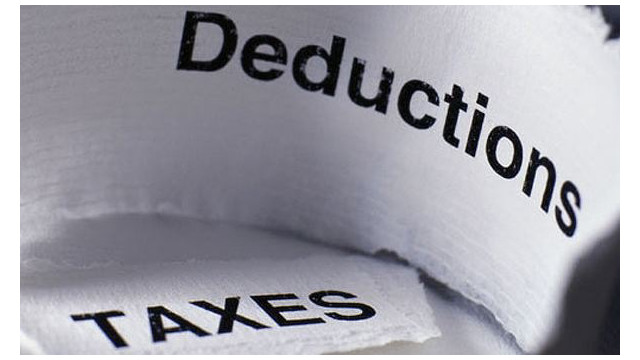Accounting
PALs May Not Be Your Friend – Rental Property Tax Tips
If you own investment real estate that you rent out to tenants—for example, an apartment building—it can be a steady source of annual income.
Oct. 18, 2022

If you own investment real estate that you rent out to tenants—for example, an apartment building—it can be a steady source of annual income. Of course, the rental income you pocket is taxable, but you may offset the resulting tax liability with deductible expenses. You might even qualify for a loss.
Unfortunately, however, there’s another obstacle for many property owners to overcome. The loss may be disallowed under the “passive activity loss” (PAL) rules.
Basic premise: Generally, losses from passive activities only offset income earned from other passive activities. Any excess PAL for the current year may be carried over to future years.
For this purpose, a passive activity is an undertaking involving the conduct of a trade or business in which you do not “materially participate.” This requires participation in the business activity on a regular, continuous and substantial basis. The IRS has issued detailed regulations on this issue. Commonly, you’re treated as a material participant if you work more than 500 hours a year at the activity.
Note that a rental real estate activity is automatically treated as a passive activity. However, under a special tax law provision, an “active participant” in rental real estate may be able to use up to $25,000 of loss to offset non‑passive income like wages. This limited exception is phased out for investors with an annual adjusted gross income (AGI) between $100,000 and $150,000. The tax benefit disappears completely once your AGI exceeds $150,000.
Note that the “active participation” test is significant. For instance, you might make management decisions, approve new tenants, schedule repairs and maintenance and so on. But simply listing yourself as a real estate manager or rental agent won’t suffice.
Add another complication to the tax equation. Under a provision included in the Affordable Care Act (ACA), a 3.8% tax applies to the lesser of “net investment income” (NII) or the amount by which your modified adjusted gross income (MAGI) exceeds $200,000 for single filers and an MAGI of $250,000 for joint filers. The definition of NII covers numerous income items such as capital gains, dividends, interest, etc. Finally, NII also includes income from a passive activity.
Idea in action: One possible way to avoid an adverse tax outcome is to increase your level of participation to qualify as a “real estate professional.” Typically, to satisfy this test, you must spend more than 750 hours on the activity during the year. Depending on your situation, it may be well going the extra yard.
Alternatively, you might invest in passive income generators (PIGs) at the end of the year. By creating passive income through a PIG, you can absorb a passive activity loss. But be careful to only invest in PIGs that make overall financial sense.
Bottom line: Don’t jump to any conclusions. Meet with your professional tax advisors at year-end to develop a plan that suits your personal needs.
